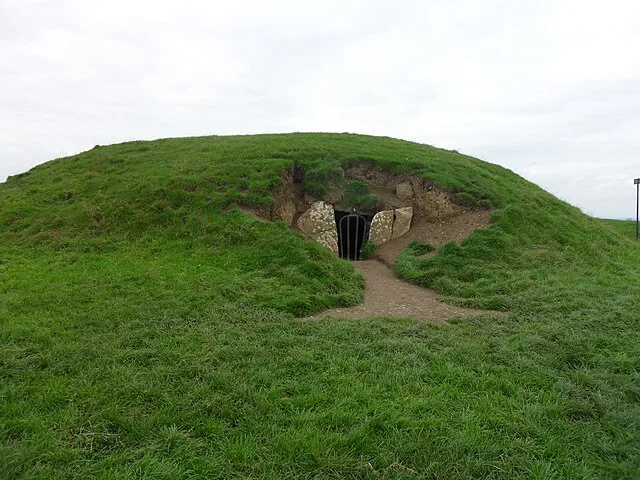The Mound of the Hostages (Duma na nGiall) is an ancient passage tomb located on the Hill of Tara in County Meath, Ireland. Dating back to approximately 3,000 BC during the Neolithic period, it serves as a key archaeological site reflecting Ireland’s prehistoric traditions.
Get your dose of History via Email
Historical Background
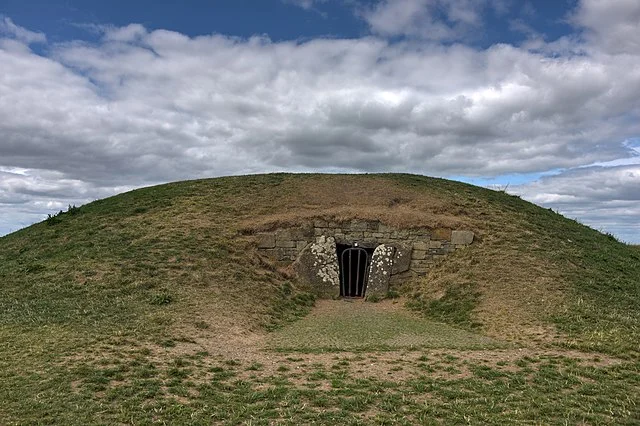
The Mound of the Hostages is one of the oldest structures on the Hill of Tara. The tomb’s construction coincides with Ireland’s shift toward organized farming and community-based living during the Neolithic period. This era marked significant developments in monument-building traditions across Europe.
The name “Mound of the Hostages” originates from medieval Irish texts that describe Tara as the seat of Ireland’s High Kings. These texts recount how provincial kings offered hostages to the High King, symbolizing loyalty and submission. However, this association is likely a later interpretation and not related to the tomb’s original function.
Architectural Features
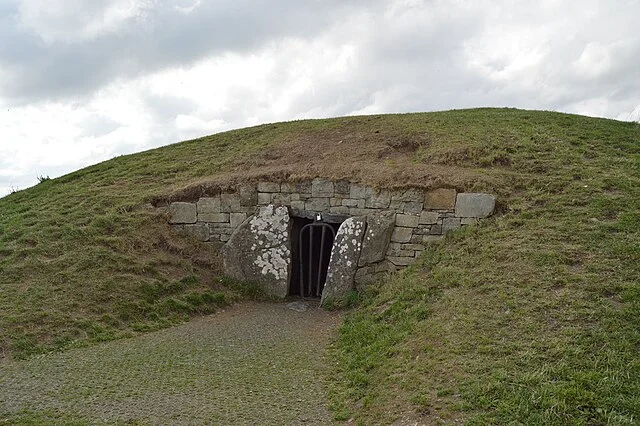
The Mound of the Hostages is a passage tomb, a common type of Neolithic burial structure. It consists of a circular mound approximately 15 meters in diameter and a narrow passage aligned with the rising sun during certain times of the year, such as the spring and autumn equinoxes. This alignment suggests a ritualistic or astronomical significance.
The tomb’s chamber contains several upright stones, some of which display carved motifs, including spirals and chevrons. These carvings resemble designs found in other prominent Irish Neolithic sites, such as Newgrange and Knowth, indicating shared cultural or religious practices.
Burial Practices
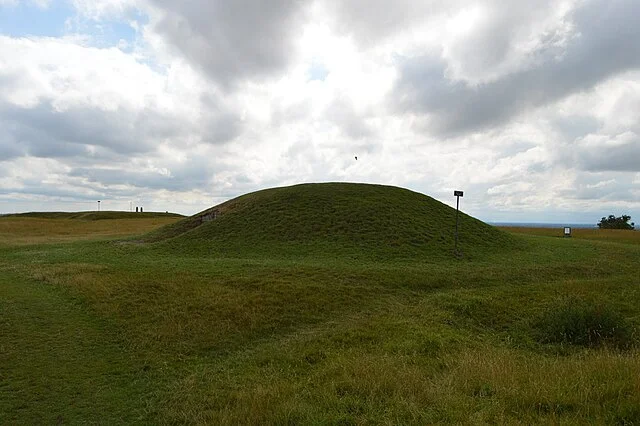
Excavations reveal that the tomb served as a communal burial site. Researchers have found the cremated remains of over 200 individuals inside. These burials span a long period, from the Neolithic through the Bronze Age (approximately 3,000 BC to 1,500 BC). This extended use underscores the tomb’s cultural and possibly ceremonial significance.
Grave goods found within the mound include pottery fragments, bone tools, and personal ornaments. These artifacts provide insights into the material culture and social customs of Ireland’s prehistoric communities.
Significance of the Equinox Alignment
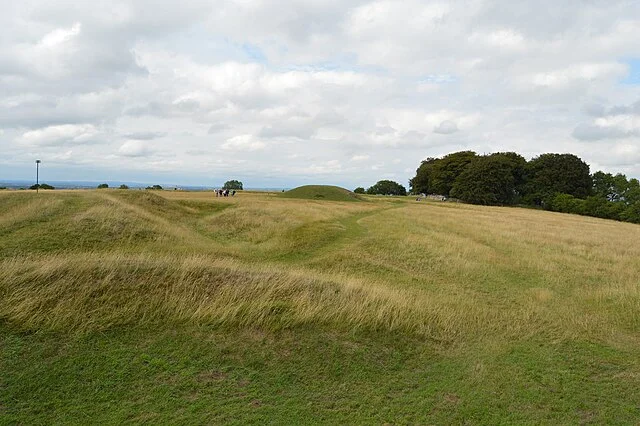
The passage’s alignment with the rising sun during equinoxes highlights the builders’ advanced understanding of astronomy. Similar alignments in other passage tombs suggest that solar events played a role in marking seasonal transitions. These observations likely held religious or agricultural importance for Neolithic societies.
Preservation and Modern Studies
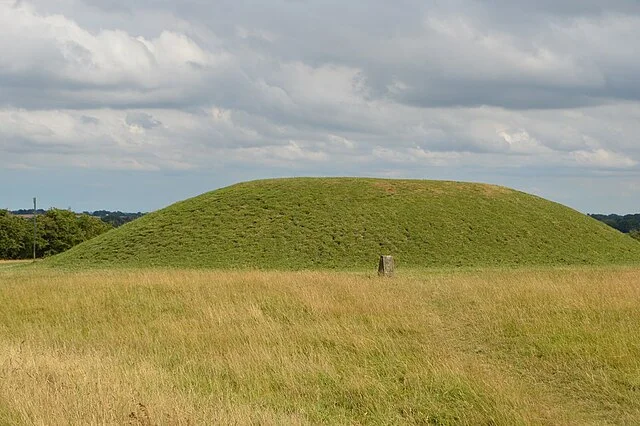
The Mound of the Hostages underwent archaeological excavations in the 1950s and 1960s. These efforts uncovered the tomb’s complex history and provided critical data on Ireland’s prehistoric period. Conservation measures have since been implemented to protect the mound and its carvings from environmental damage and human activity.
Today, the Mound of the Hostages remains a focal point for studies on Neolithic Ireland. Its association with the Hill of Tara, a UNESCO World Heritage Tentative List site, ensures ongoing interest from archaeologists and historians.
Conclusion
The Mound of the Hostages is a vital link to Ireland’s prehistoric past. Its architectural sophistication, extended use, and ritualistic features demonstrate the complexity of Neolithic culture. As part of the Hill of Tara, it remains an enduring symbol of Ireland’s rich archaeological heritage.
Source:

